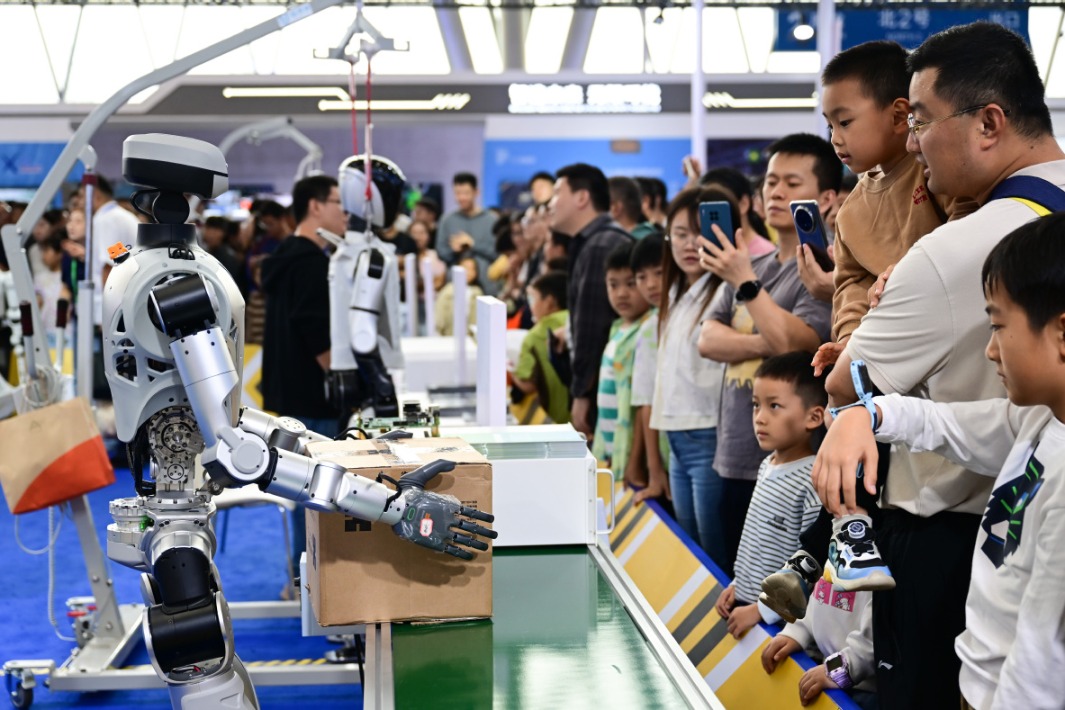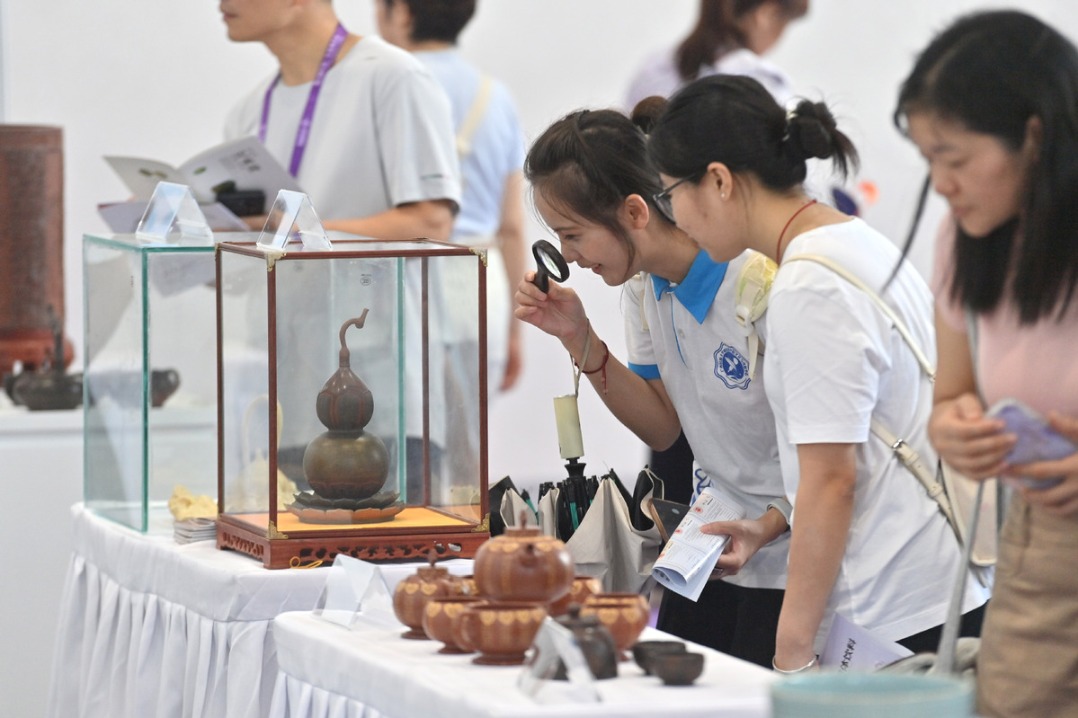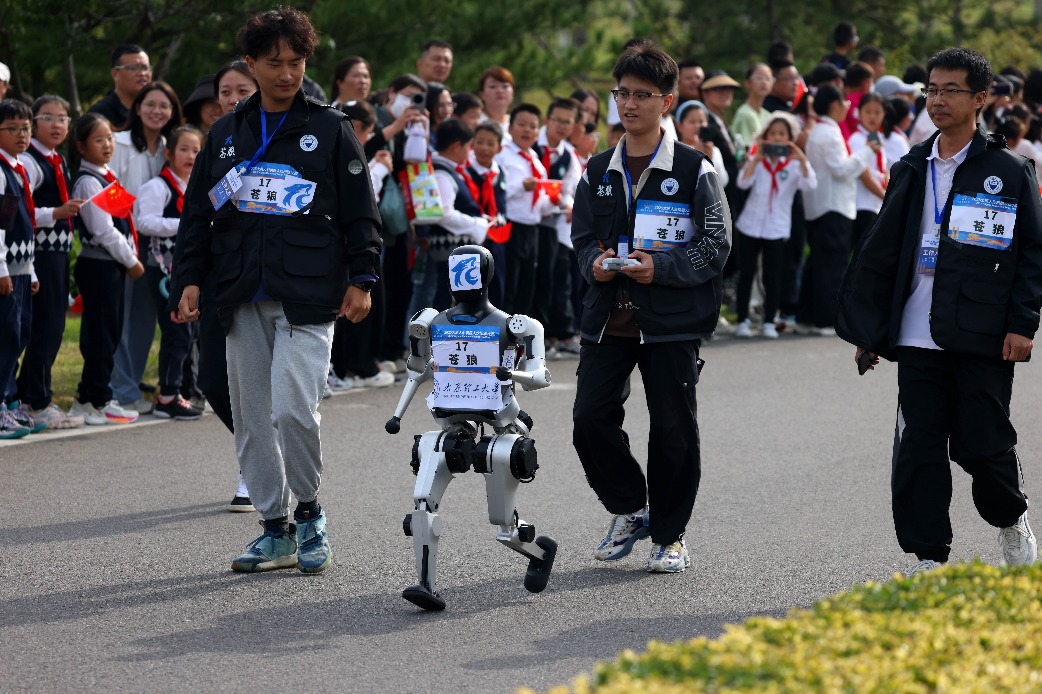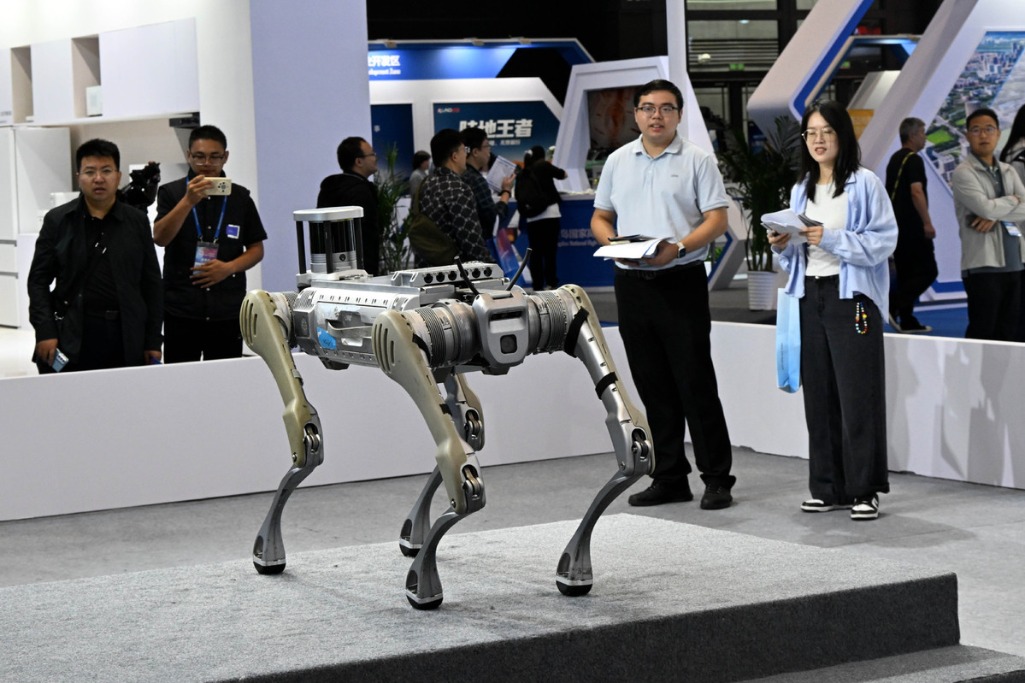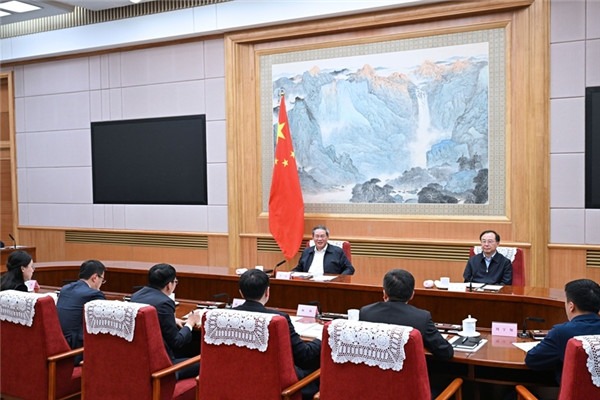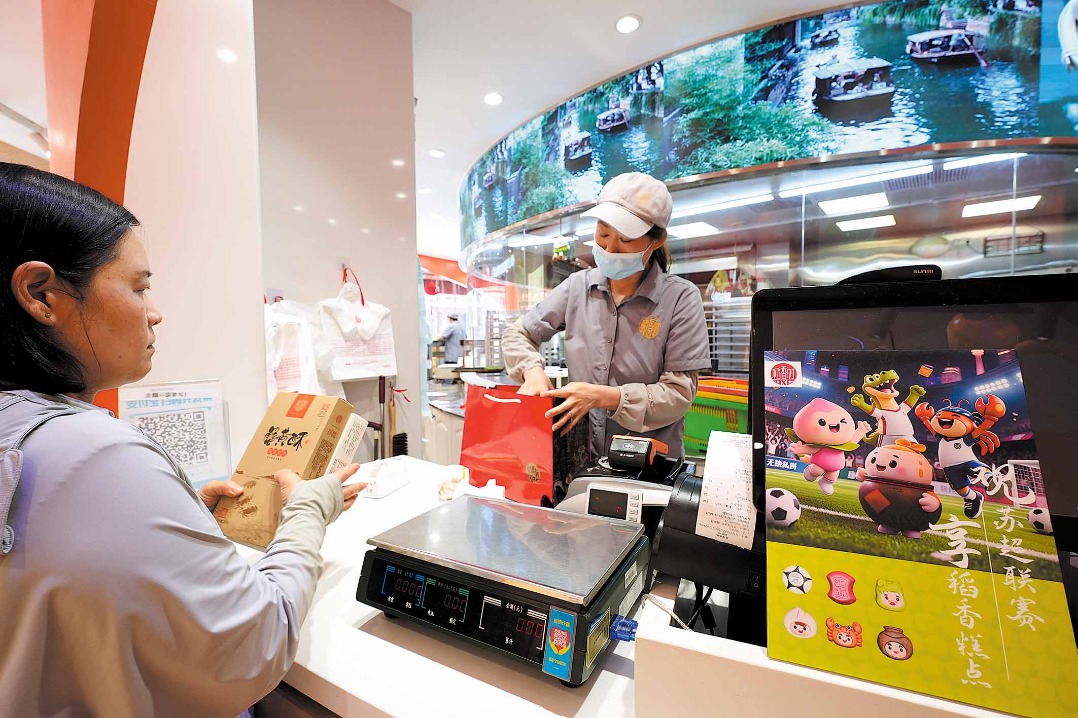Chinese-built railway 'a lifeline' for Ethiopia's economy


The question on the mind of many observers of Ethiopia, one of Africa's most dynamic economies with a growth rate of about 10 percent for the last decade, is: will it become "the China of Africa"?
Genet Teshome Jirru, deputy head of the Mission of Ethiopia to China, was humble in his assessment. "Our business is very little. The foundation we depend on is agriculture, which is a very primitive production," he said in an exclusive interview with China Daily. " The departure point must be different."
Nevertheless, "we're making very good progress in the last 15 years. That's why I think most other countries and media called Ethiopia 'the China of Africa,'" he added.
The friendship between China and Ethiopia has a long history. Since the establishment of diplomatic relations in 1970, the cooperation between the two countries has achieved comprehensive results in the fields of politics, economy and social development.
The Chinese-built Addis Ababa-Djibouti Railway, a new "lifeline" connecting Ethiopia's capital with its coastal neighbor to the east, plays a pivotal role in improving Ethiopian traffic, people's lives and economic development.
Ethiopia's economic structure is dominated by its agriculture, which heavily depends on international markets. Most of its import and export transactions need to go through the port of neighboring Djibouti. However, 90 percent of cargo transported from Djibouti to Addis Ababa goes by road.
It usually takes more than a week for a one-way trip, and even more time to travel to other parts of Ethiopia. Logistics inefficiency causes a large amount of cargo to remain in the port of Djibouti or on the road, a bottleneck in the Ethiopian economy.
With the opening of the Ethiopia-Djibouti Railway, cargo transportation time has been shortened from seven days to 12 hours. "This railway project is a lifeline for our economic growth. We take as a lifeline for our continuous economic growth," Genet said.
The Ethiopia-Djibouti Railway is the first electrified railway in East Africa with Chinese standards and equipment. It has a length of 751.7 kilometers, a design speed of 120 kilometers per hour, 45 stations and total investment of about $4 billion.
The construction of the railway was jointly finished by China Railway Group Limited (CREC) and China Railway Construction Corporation Limited (CRCC), both State-owned enterprises (SOEs). It is the first railway with a full industrial chain that Chinese enterprises have built overseas.


















